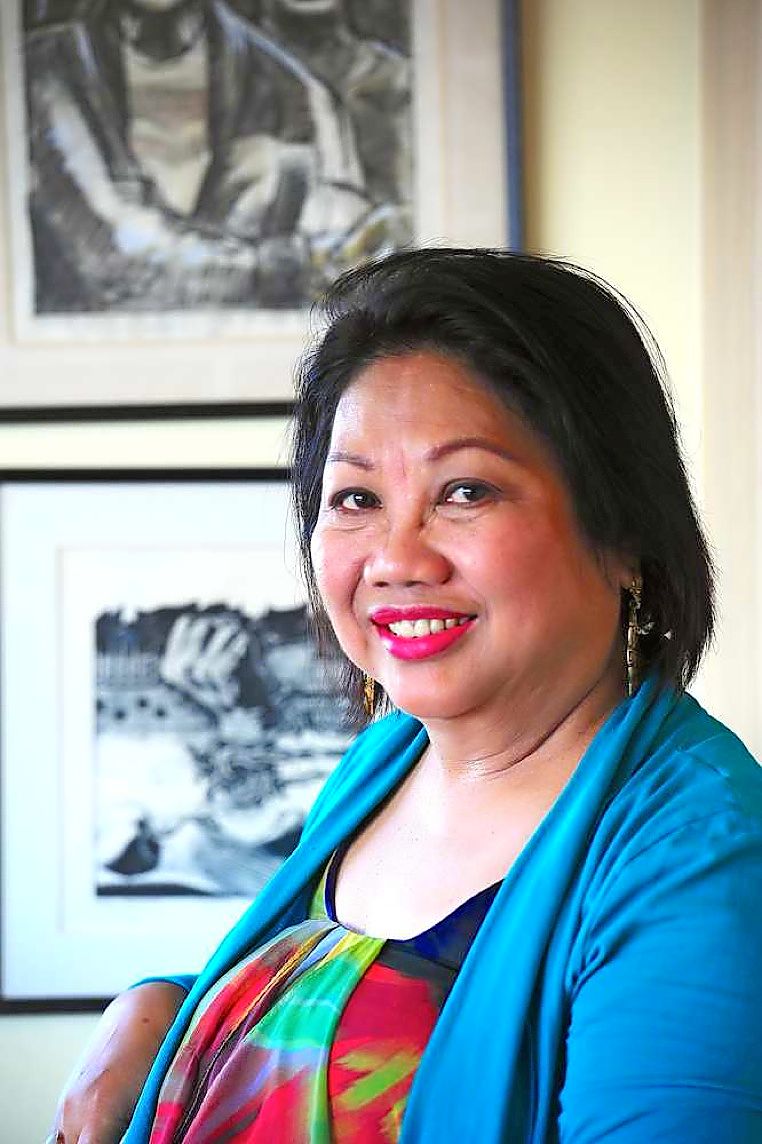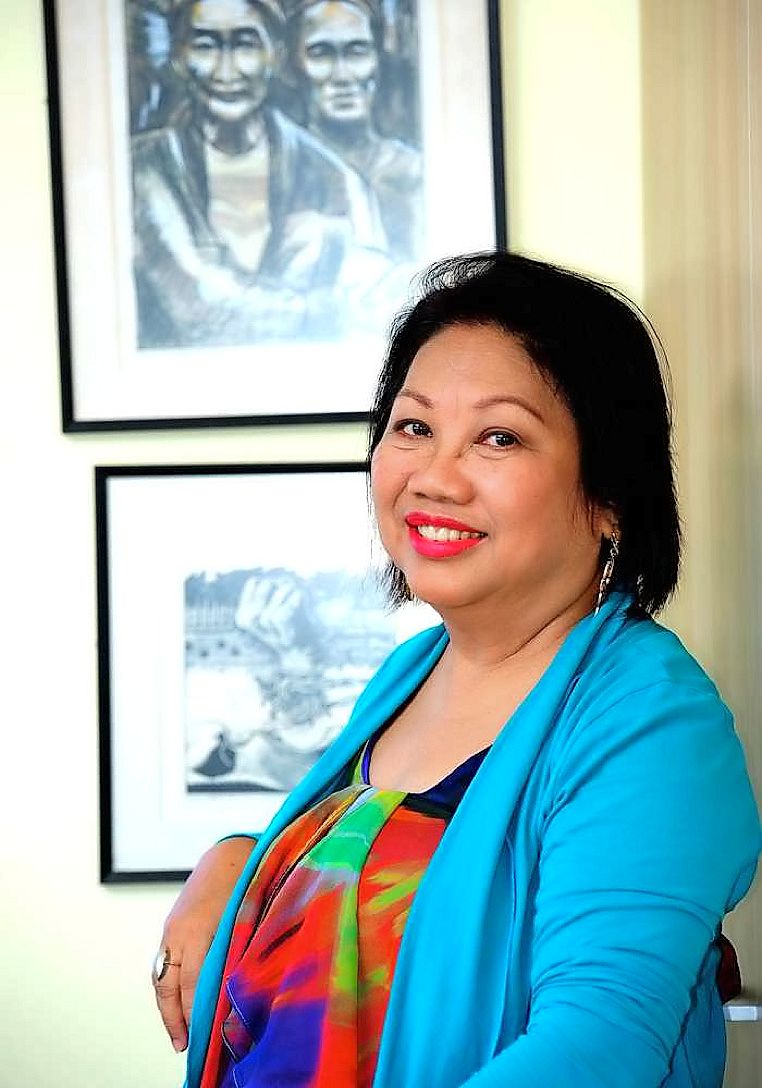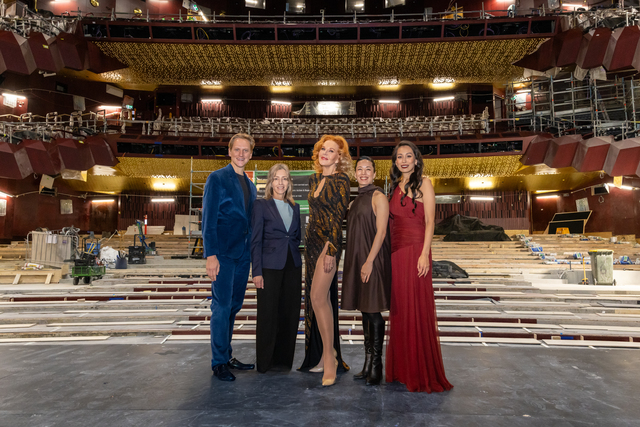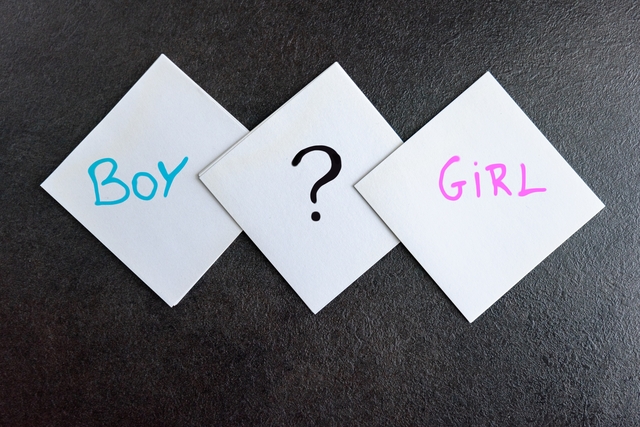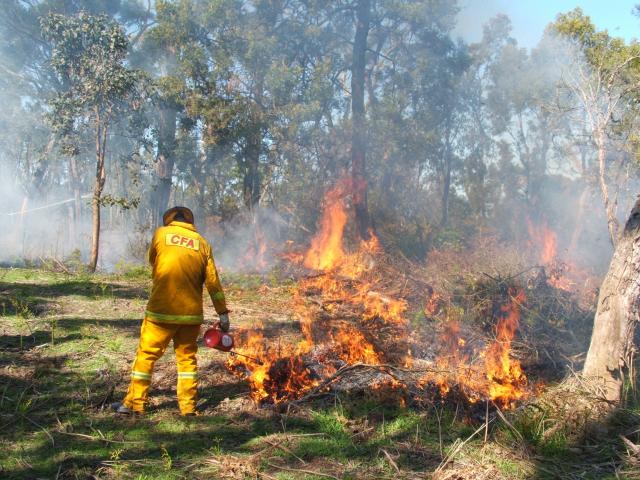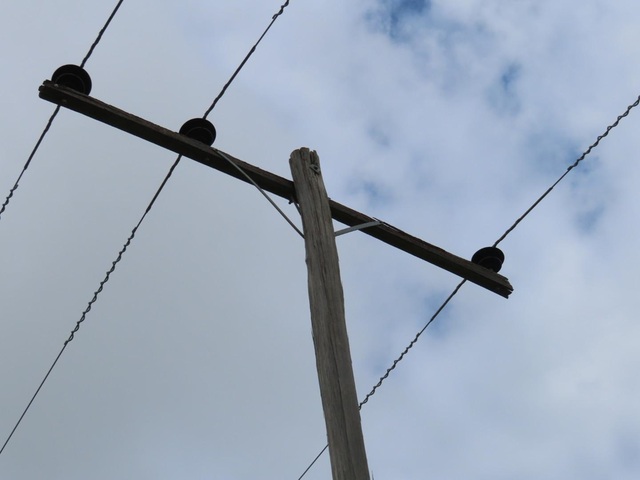Maribyrnong’s Melba Marginson has learnt the power of grassroots efforts to effect major change. She speaks with Benjamin Millar.
What is your connection with Maribyrnong?
I came to Australia because I fell in love with an Aussie bloke. I had to leave my mother country, the Philippines, and I’ve been living in the western suburbs for 28 years now. Footscray was one of the most multicultural suburbs in Melbourne in the 1980s. My neighbours were Greek, Indian, Macedonian, Chinese, Filipino, and Middle Eastern.
What do you love most about the area?
I love the people, markets, parks and gardens and art scene, the Asylum Seeker Resource Centre, Footscray Library, Footscray Market, Little Saigon, Yarraville shops, The Sun [cinema], Highpoint and the Edgewater Boulevard area where I now live. We still get stigmatised as the suburbs where gangs, drug addicts, and mentally ill people live; we should have a more positive image that still doesn’t cover up these realities.
Your favourite local places to spend time?
There’s my previous house in Maidstone, an Edwardian bungalow built in the 1930s, and my current apartment in Maribyrnong, which has a panoramic view of Melbourne and suburbs from my balcony … Highpoint because I love shopping there … Maribyrnong City Council premises where I worked as the diversity planner for three years and the Footscray Migrant Resource Centre [now closed] along Pickett Street where I worked as a settlement planner … also The Sun and the Yarraville precinct where I feel I’m in a different world.
How did you become involved in women’s and migrant rights advocacy?
In the first month since my migration here in 1989, I attended the funeral of Gene Bongcodin, a Filipino woman who was strangled to death by her ex-husband. In the next eight months, two more Filipino women were killed in Melbourne. I realised then that I have the opportunity to help immigrant and refugee women who were potential victims of domestic violence in this country. I went on to set up the Centre for Philippines Concerns Australia and the Victorian Immigrant and Refugee Women’s Coalition. Recently, I initiated the formation of The Silent Witness Network, giving a voice to multicultural young people and children of domestic violence victims and survivors.
What is the most rewarding aspect of being involved in ‘Her Place: Women in the West’?
I believe in the exhibition’s goal of recognising women’s contributions at the local community level that have influence statewide and nationally. I believe in the motto: “Think globally, act locally”. That’s been how I live my life and it proves correct. That’s how we as individuals can be agents of change!
Her Place: Women in the West (March 7-31) at Victoria University at MetroWest shares the stories of 10 women in the west, including Melba Marginson, Susan Alberti, Paola Balla, Kerry Greenwood, Joan Kirner and Alice Pung. More details: herplacemuseum.com

